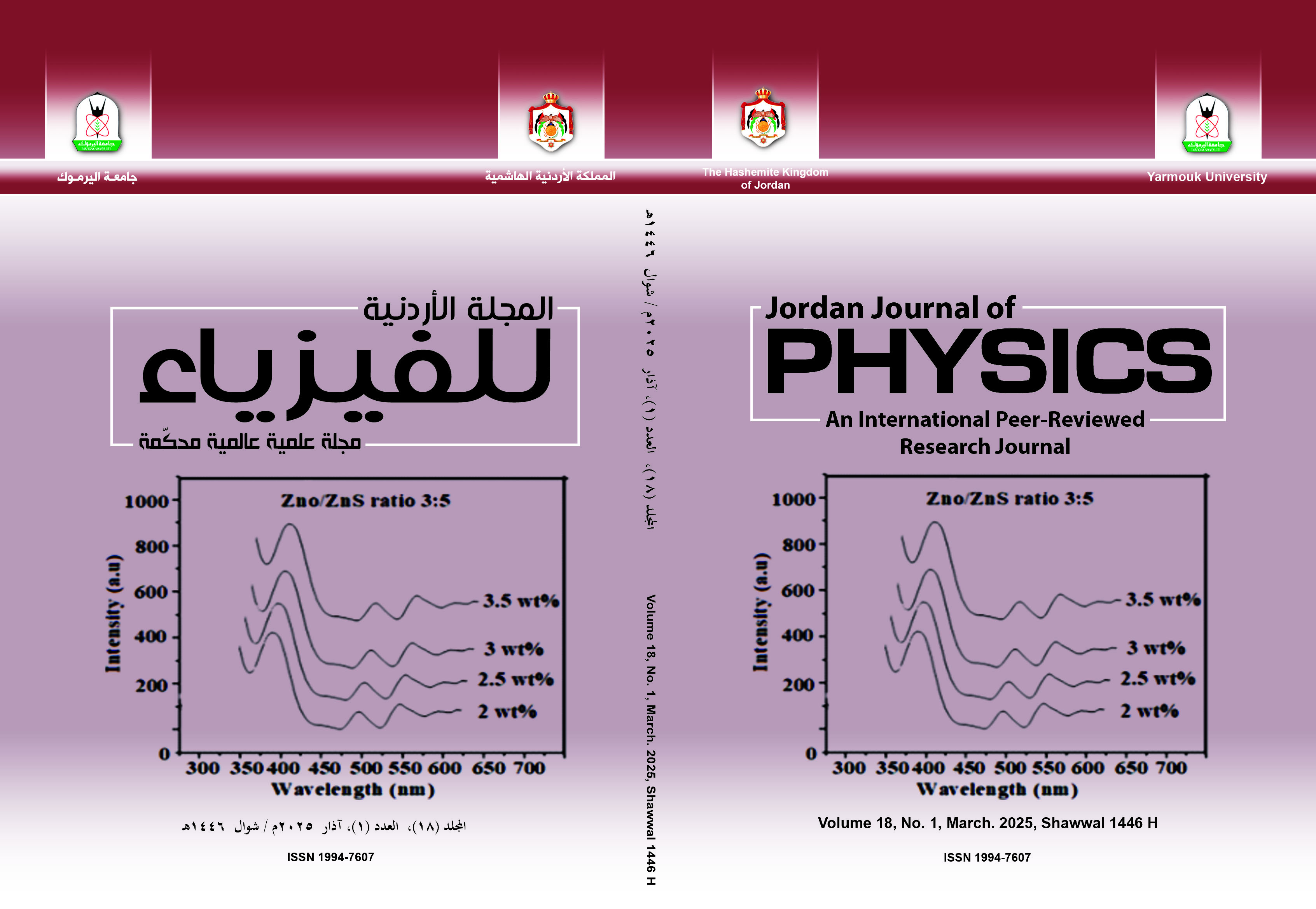Identifying Leachate Plume Accumulation Zones at Lapite Dumpsite in Nigeria Employing Very Low Frequency Electromagnetic (VLF-EM) Method
Keywords:
Leachate plume, VLF-EM, Current density pseudo-section, Dumpsite, Shallow groundwaterAbstract
Abstract: A geophysical investigation involving the use of the very low frequency-electromagnetic (VLF-EM) method was carried out at the Lapite dumpsite, which has been operational since 1998. The aim was to map conductive lineament features and the extent of contaminant plume in the subsurface for potential groundwater pollution. The VLF-EM survey was deployed at 10 m intervals with the aid of ABEM WADI VLF-EM meter. Nine VLF-EM profiles with lengths stretching between 120 and 250 m were arranged inside the dumpsite. A control profile of VLF-EM data was placed approximately 500 m from the dumpsite. The VLF-EM measurements were construed using Fraser and Karous-Hjelt filtering processes. Fraser graphs and current density pseudo-sections show the existence of west-orientated conductive structures/leachate accumulation zones at various depths, cutting across the dumpsite. The 2D current density sections indicate that leachate accretion/fluid-filled structures have high conductivity values (low resistivity), aligning with the outcomes acquired from the preceding electrical resistivity survey. The contaminant leachate may infiltrate the shallow groundwater system situated on the west side of the dumpsite.


